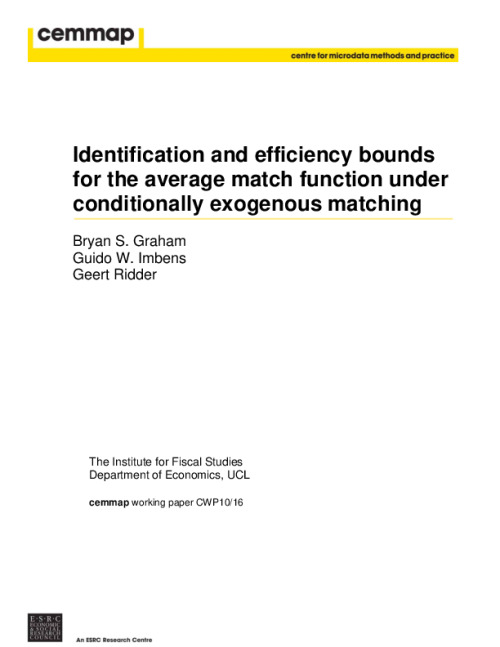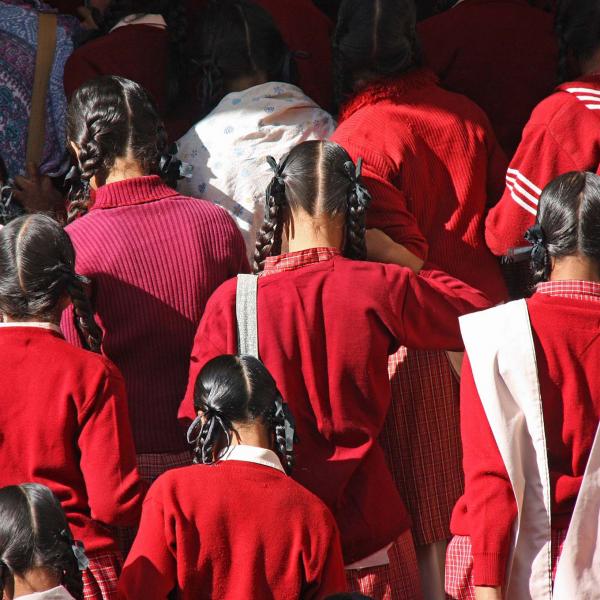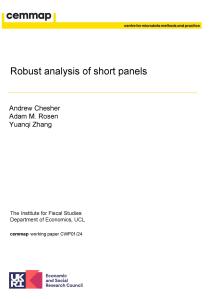Consider two heterogenous populations of agents who, when matched, jointly produce an output, Y. For example, teachers and classrooms of students together produce achievement, parents raise children, whose life outcomes vary in adulthood, assembly plant managers and workers produce a certain number of cars per month, and lieutenants and their platoons vary in unit effectiveness. Let W ∈ 𝕎= {ω1, . . . ,ωJ} and X∈ 𝕏= {x1, . . . ,xK} denote agent types in the two populations. Consider the following matching mechanism: take a random draw from the W = wjsubgroup of the first population and match her with an independent random draw from the X = xk subgroup of the second population. Let β (wj, xk), the average match function (AMF), denote the expected output associated with this match. We show that (i) the AMF is identified when matching is conditionally exogenous, (ii) conditionally exogenous matching is compatible with a pairwise stable aggregate matching equilibrium under specific informational assumptions, and (iii) we calculate the AMF’s semiparametric efficiency bound.









